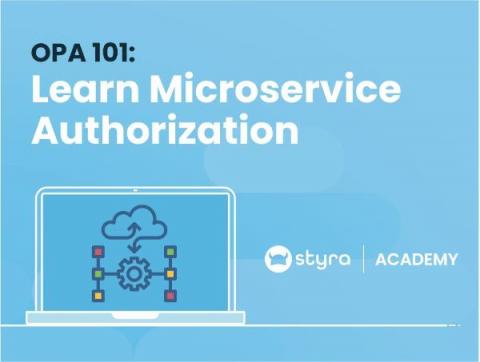Five questions with Enterprise Account Executive Chris Gowans
Enterprise Account Executive Chris Gowans helps potential customers understand how they can scale more effectively and efficiently with our no-code automation platform. Chris ensures every impression counts, from gathering information on discovery calls to closing deals and shaping creative customer-facing efforts! Read on to learn more about his day-to-day at Tines.











